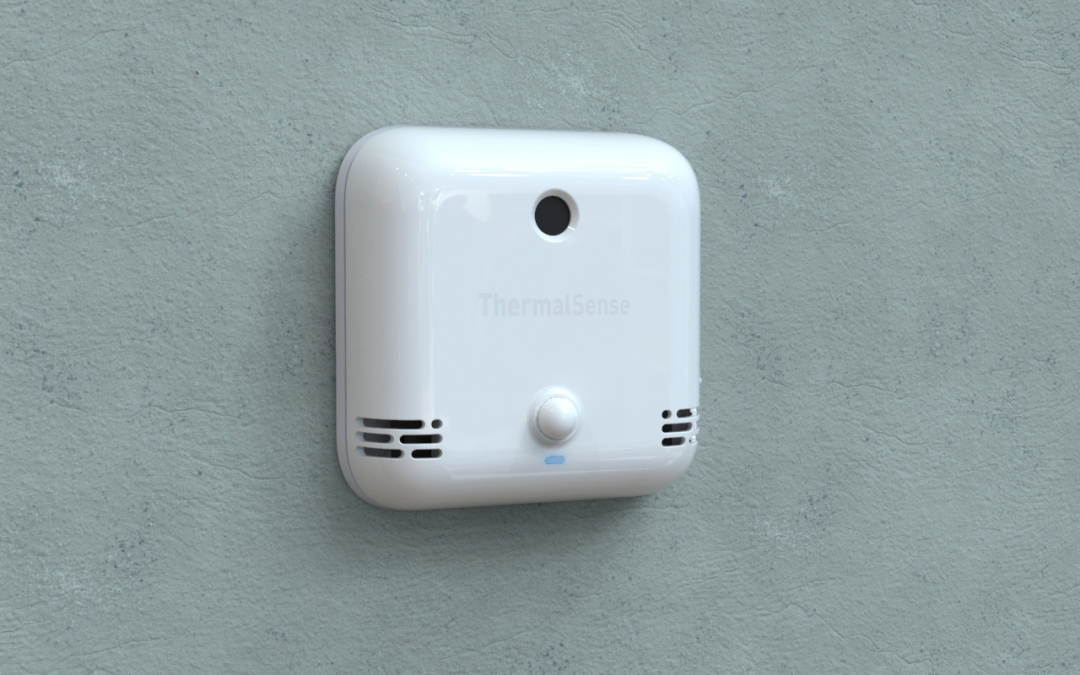The pandemic has forced more than half of the U.S. workforce to work from home, which is unlikely to go down soon. As a result, millions of businesses worldwide are adopting a hybrid model where teams split their time between remote and in-office work.
Setting up and managing these new remote/in-office hybrid arrangements can be challenging, but it’s well worth the effort as they offer many advantages for employees and employers. If you’re thinking of going hybrid or are looking around for ways to make your existing hybrid setup better, here’s what you need to know:
Discuss the pros and cons of hybrid work with teams.
There are many pros and cons of hybrid work. For example, there are benefits for the company and its employees, as well as for customers. On the other hand, hybrid workers might experience issues with time management or increased stress levels if they’re unsure which model to use at any given time.
To successfully create a better hybrid workplace environment, it’s important for team members who will be affected by this change in structure to be involved in discussions about how best to implement it. This means talking through all possible outcomes from implementing your new plan—good and bad alike—so that everyone knows what they’re getting into before making any decisions on behalf of their entire team or department.
Make a transition plan.
The challenge of shifting to hybrid work is that it’s not a simple change. You have to think carefully about how your organization will operate differently and what challenges you may face due to these changes, such as increased communication challenges or increased stress on workers who need to be flexible in their schedules and locations. A phased approach can help ease the transition into hybrid work, with each phase building on previous phases until your organization reaches its goal state.
Make sure you plan for implementation as well as transition management: Identify key roles, responsibilities and dependencies at both organizational levels (e.g., leadership) and individual levels (e.g., employees); assign responsibility for monitoring progress against project milestones or desired outcomes; identify potential issues that could arise during implementation (such as lack of resources).
Have a robust communication plan.
It’s important to have a robust communication plan in place. This will help ensure that everyone is on the same page and can ask questions if something isn’t clear. You may want to consider using an internal communications platform when your hybrid workplace is still being designed so that employees can get regular updates on what the transition will look like and how it will affect their workloads. If you don’t already have one of these platforms in place, then this would be an excellent time for your team to start using one!
Ensure employee mental health is a top priority.
Mental health is a huge issue that affects everyone, and it’s not strange to feel like you’re going through something alone. Mental health is not a sign of weakness; it’s actually a sign of strength. If you have ever had to face your mental health issues, you know how difficult it can be to share with others or admit to yourself. But sharing what you are going through with others allows them to help support and guide you through the journey ahead.
The hardest part about sharing your story isn’t necessarily telling people about your mental health—it’s accepting that everything will be okay in the end, no matter what happens along the way. When people are afraid they won’t be able to overcome their struggles, they feel like they need someone else’s confirmation before they can understand how amazing they really are for making it this far on their own without any outside support from anyone else except themselves!
Embrace technology to enable the new workplace.
As the hybrid workplace becomes a reality, it is important to embrace technology to make your working life easier. The following are just a few ways that technology can help:
- Empowering employees with tools to get their work done.
- Allowing you to manage your team more effectively.
- Offering feedback through collaboration and communication.
Set up the right policies
You must have the right policies and processes to ensure your hybrid workforce model works well.
For example, if your company has decided to move away from an office-based workplace and allow employees to work remotely at home full time, then you will need to have a good set of policies around this change. Remote workers should be treated equally as their office colleagues and receive the same benefits from their employer. Policies can also help with issues such as where remote workers park their cars on site (at work) or whether they can bring their pets into the office (or not).
In addition to having effective policies in place that protect both employees and employers, it’s also important to make sure that tools are available for all members of your workforce—both those who work remotely or exclusively online; or those who still require physical presence at an office location with other team members before collaborating on projects together remotely through video chat software like Zoom or Google Hangouts Chat (which is free).
Tools might include online collaboration tools like Google Docs; secure messaging apps like Signal; video conference software such as Zoom (which offers unlimited meetings); task management systems such as Trello; project management software like Asana (which offers free plans); etcetera!
Conclusion
Today’s hybrid workforce model is helping organizations retain top talent, keep costs low and continue to serve their customers. By creating an effective hybrid workplace management strategy, companies can take the lead in a key trend shaping the future of work.





